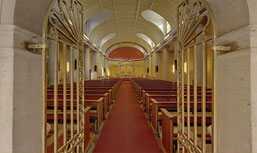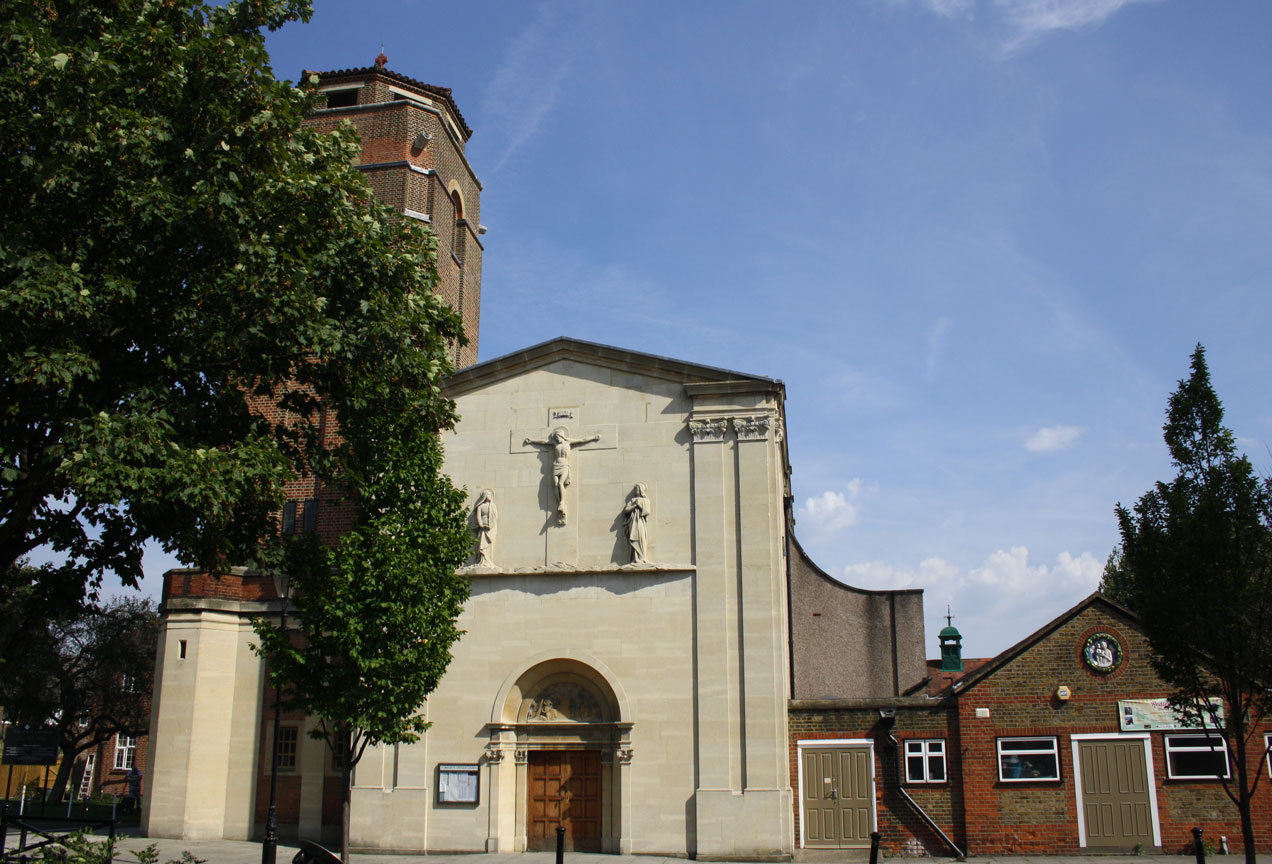Isleworth Catholic church has a dual dedication - Our Lady of Sorrows & St Bridget of Sweden.
Mary, a humble young Jewish woman, was chosen by God to be the mother of Jesus, the Messiah. This unique privilege was a source of both joy and sorrow for her. In particular, she was destined to watch her son die in appalling circumstances.
The dedication is therefore naturally associated with bereavement and churches with this dedication often contain a ‘pieta’ – a statue that depicts the mother of Jesus cradling her dead son in her arms after he had been taken down from the cross.
In the case of our own church, there is a ‘pieta’ which was donated to the church on its opening in 1909. The church itself was the gift of a wealthy Catholic widow and so the gift itself may have been a response to bereavement. Also in 1909, the date in the calendar of the Catholic Church devoted to remembering the sorrows of Our Lady [the 15th September] had just been promoted to a higher status.
At that time, the title of Our Lady of Sorrows was associated with the passage in Scripture [Luke 2 v34-35] in which Simeon prophesies that a sword will pierce Mary’s soul.
Simeon blessed them and said to Mary his mother, ‘You see this child: he is destined for the fall and for the rising of many in Israel, destined to be a sign that is rejected – and a sword will pierce your own soul too – so that the secret thoughts of many may be laid bare’.
This was taken in those days to refer to her suffering as a mother. Today however scholars think that the phrase ‘a sword will pierce your own soul’ should be understood in a rather different way. They suggest that Simeon is saying that Jesus will severely challenge accepted religious beliefs and that his mother Mary, like every other person who encounters Jesus, will have to make a choice – am I for him or against him.
Mary’s commitment to Jesus and her obedience to God are what makes her a model for Christians throughout the ages.
The Collect of the Mass for September 15th reads:
Father, as your Son was raised on the cross, his mother Mary stood by him, sharing his sufferings. May your Church be united with Christ in his suffering and death and so come to share in his rising to new life, where he lives and reigns with you and the Holy Spirit, one God, for ever and ever. Amen.
This reminds us that no-one, not even the Son of God, is immune from death and no-one, not even the woman Catholics call the Mother of God, is spared the misery of bereavement.
Written by Stuart Bagnall, March 2011





